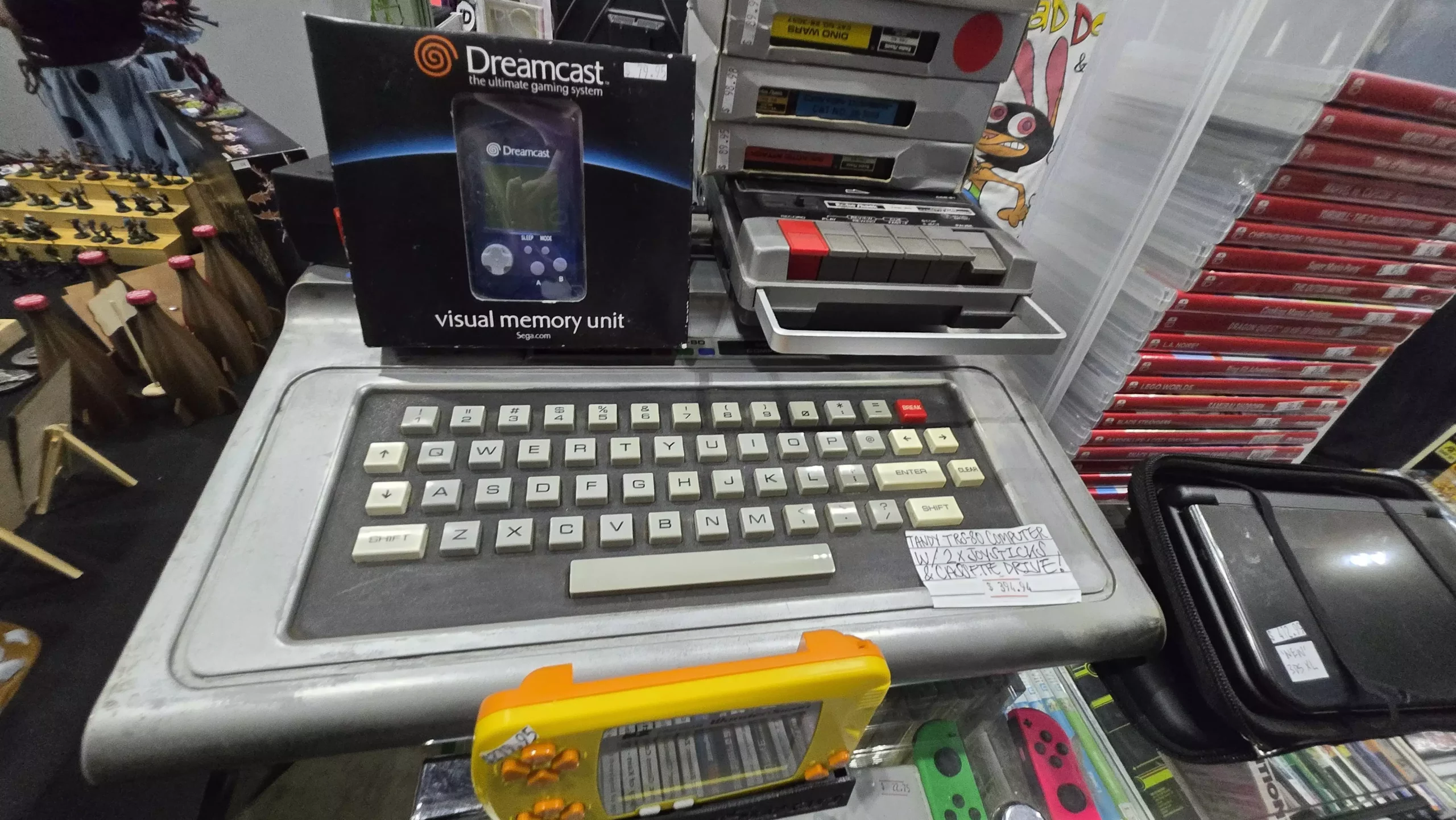In an era where digital downloads have become the dominant form of gaming, the recent Collect Fest at Melbourne’s Convention and Exhibition Centre starkly exemplifies a troubling shift: the gradual erasure of PC gaming from mainstream collector culture. Walking through the event, one can’t help but notice the overwhelming presence of vintage consoles, trading cards, and modded handheld devices, but a conspicuous absence of the very hardware that ignited the gaming revolution—personal computers. This oversight indicates not merely a missed opportunity but reveals deeper implications about how nostalgia and consumerism intertwine to sideline the core technological innovations that continue to shape gaming culture.
Despite the event’s focus on collecting and nostalgia, it reinforces a market driven primarily by tangible, physical relics—cartridges, modded handhelds, and vintage consoles—while neglecting the inherent digital evolution that now defines gaming. This selective nostalgia marginalizes PC hardware, which once stood at the forefront of gaming innovation. The scarcity of PC-related items, with only a solitary Tandy TRS-80 behind glass for a steep price, highlights a troubling disconnect: collectors today seem more enamored with physical tokens of the past than the transformative power of PC technology. The event ultimately reflects how consumer desire is curiously fixated on the romanticism of tangible artifacts, even when the real roots and modern significance of PC gaming fade from public consciousness.
The Commercial Drift Towards Modded Handhelds and Consumer Trends
The dominant trend at Collect Fest—modded Nintendo handhelds—offers a telling insight into current collector preferences. These devices, boasting OLED screens and aesthetic upgrades, occupy prime real estate at various stalls and draw significant attention, often fetching prices between $200 and $400. According to vendors, these modded devices are the hottest commodities, surpassing even classic consoles in popularity. This phenomenon exposes the evolving nature of nostalgia: it is increasingly centered around personalized, customizable hardware rather than preserving original, unaltered systems or appreciating the underlying technology.
The fixation on modded handhelds perhaps reveals a broader cultural shift—an emphasis on visual appeal and novelty over technical integrity. Consumers seem eager to invest into hardware that is not only functional but also aesthetically enhanced, blurring the line between nostalgic preservation and a quest for flashy upgrades. While these modded devices serve as visually striking conversation pieces, they also risk commodifying nostalgia into superficial aesthetics, stripping away the historical context that originally made these devices meaningful.
This escalation of consumer interest in modded hardware raises questions about authenticity and preservation. Is this trend serving the legacy of gaming hardware, or is it turning classic devices into customizable fashion statements? Evidently, the market is capitalizing on this demand, pushing prices higher and transforming nostalgia into a lucrative, aesthetic-driven commodity.
The Cultural and Economic Implications of Nostalgia-Driven Collecting
The narrow focus on physical collectibles, especially handheld modded devices and vintage consoles, underscores a broader cultural obsession with material artifacts that symbolize an idealized past. Collectors and vendors at Collect Fest seem more interested in the spectacle of collecting as a display of status and taste rather than engaging with the original spirit of gaming innovation. This trend aligns with the larger capitalist narrative that commodifies nostalgia—transforming memories into marketable, addictive consumer products.
From an economic perspective, this focus maximizes profit margins on high-priced modded devices, often driven by limited edition and aesthetic appeal, rather than on the more elusive, less glamorous realm of PC hardware and software. The lack of demand, high costs, and logistical hurdles mean that PC components—once the backbone of gaming—are now relegated to the sidelines. This situation illustrates a market that favors easily marketable, visually appealing items over complex, often undervalued technological artifacts.
Such a skewed emphasis not only impacts collectors but also influences the cultural memory of gaming. By sidelining PC hardware, which once symbolized innovation and the democratization of gaming, the community risks losing sight of the technological Milestones that paved the way for modern gaming. The selective nostalgia at Collect Fest underscores a societal tendency to romanticize superficial symbols over the foundational innovations, thus shaping a distorted narrative—one that celebrates shiny, modded accessories rather than the transformative power of PC gaming.
Reimagining Gaming Culture Beyond Consumerist Fetishes
The current collector scene at events like Collect Fest reveals both the allure of nostalgia and its dangers. While celebrating the cultural artifacts of gaming history is valid and essential, it must not be at the expense of acknowledging the true technological lineage that drives the medium forward. There is an urgent need to refocus the narrative—not just on the present-day appeal of shiny, modded devices but on understanding and preserving the innovative spirit of early PC gaming.
As the industry moves increasingly toward digital distribution and cloud gaming, the physical artifacts serve as vital reminders of how far we have come—and how much has been lost. The trend of sidestepping PC hardware in favor of superficial collectibles threatens to diminish the appreciation of the foundational technologies that enabled gaming to become an accessible, versatile, and transformative art form. Instead of being passive spectators of consumer-driven nostalgia, gamers and collectors should challenge themselves to embrace the full spectrum of gaming history—including the often overlooked but revolutionary role of PC hardware.
By critically engaging with what we choose to preserve and celebrate, we can foster a more inclusive and insightful understanding of gaming culture—one that recognizes the importance of technology, innovation, and the creative minds behind them. Nostalgia should serve as a bridge to understanding history, not a barrier that confines us to superficial displays of retro aesthetics. Only then can we hope to build a future where the legacy of PC gaming is truly valued for its ingenuity, influence, and potential to inspire ongoing innovation.

